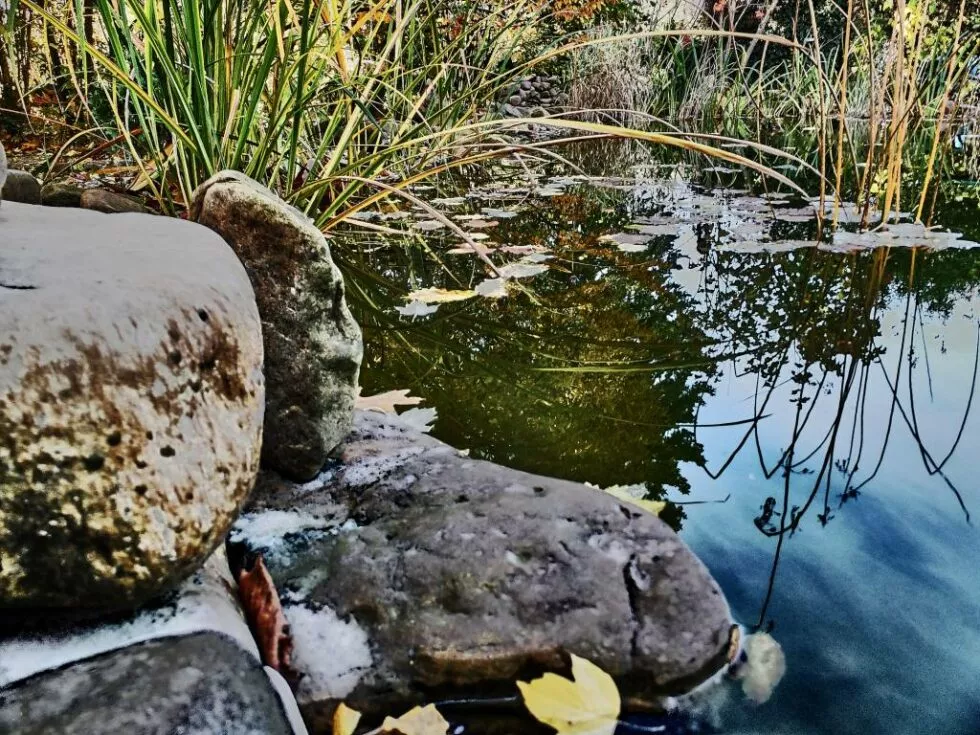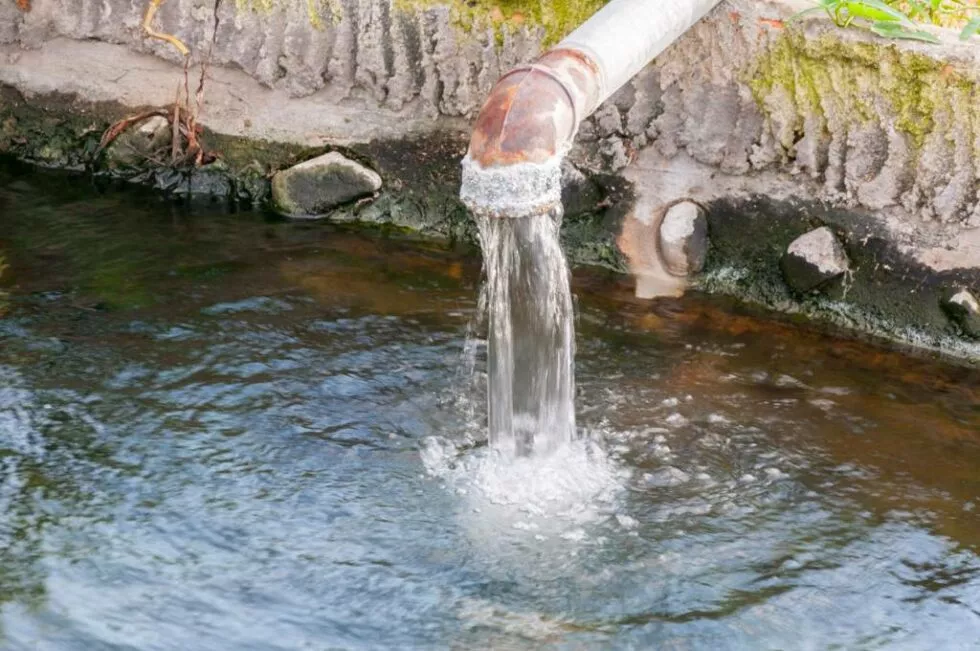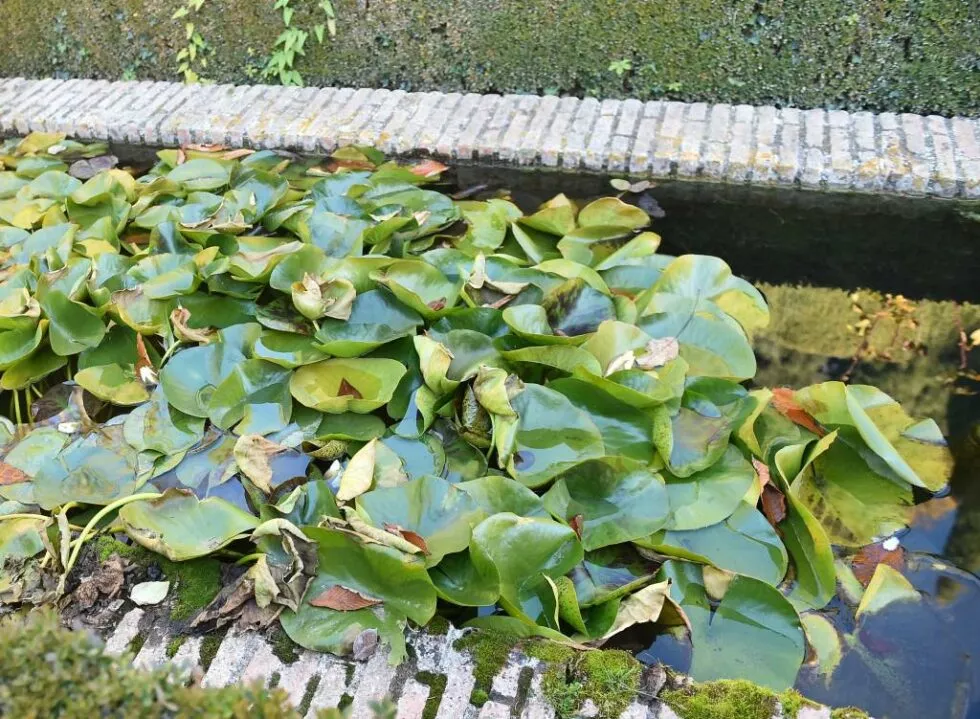Individuals: opt for phyto-purification for your sanitation
The treatment of wastewater from homes is essential for hygiene and the proper functioning of these homes. If your house is not connected to a collective treatment system, you must use individual sanitation. Aquatiris, the French leader in ecological wastewater management solutions, presents phyto-purification for individuals.
Phyto-purification: definition
Phyto-purification is an ecological and natural alternative to traditional wastewater treatment solutions. Formerly used for large-scale polluted water management projects, it is increasingly being applied to non-collective sanitation.
Definition of phyto-purification for individuals
Defined as the treatment of wastewater by plants, phyto-purification is a process that filters and cleans dirty water from various uses in homes. It is an effective response to the environmental problems of all-water septic tank sanitation. It is the result of several decades of research. The latter have made it possible to identify plants that can effectively act on the bacteria contained in the water and purify it.
The principle of phyto-purification for individuals consists of installing aquatic plants in polluted water basins. The purifying power of these plants acts on the bacteria and pollutants contained in the boxes. These plants actually have a root system that acts as a filter. In concrete terms, the water that enters the basin is filtered or digested by the roots of reeds and rushes. These are known as planted filters or planted reed beds. The action of this plant ecosystem essentially makes it possible to treat the metals, phosphates and nitrates contained in dirty water. This makes it possible to eliminate the pollutants found in it.

How natural purification systems using plants work
Although it is a natural and 100% ecological sanitation system, purification using plants involves physical, technical and then chemical treatments. The wastewater purification system for individuals works in two main stages. The pre-treatment is carried out first in a vertical flow bed of bamboo or reeds or in an all-water septic tank.
This is followed by the stage of treating the chemical compounds contained in the polluted water. This consists of first providing a horizontal flow basin or box in which different plant species are planted. The roots of these plants have the ability to absorb the chemical substances present in the water. These include phosphates, nitrates and metals contained in polluted water. In fact, these plants feed on these chemical compounds. By absorbing them, this plant ecosystem breaks down the household pollutants contained in this drinking water. The compost thus recovered can then be used to enrich the soil for flowerbeds and ornamental trees.
Plants are transplanted into a second box where they help to refine the ecological treatment of the water already in progress. The purifying plants used here are generally water mint, purple loosestrife or irises. These are actually semi-aquatic or ornamental species that absorb a lot of nutrients. They are most often found in ditches and ponds. In this basin, the action of these plants allows bacteria to break down the compost at the bottom of the basin. This is called biological treatment. At the end of the process, the fully filtered water is clean, odourless and can be used to water your garden.
Which plants are best for effective phyto-purification for individuals?
Aquatiris specialises in wastewater purification systems using plants and knows which plant species are best for effective phyto-purification. Let’s start with reeds which are indispensable in phyto-purification for individuals. These plants, which belong to the Poaceae family, develop a very dense filtering root system. Resistant to temperatures as low as -25°C, these aquatic plants with their robust stems are perfectly able to withstand drought. Phragmites reeds also feed on chemical substances, in particular nitrates and phosphates.
Water mint, meanwhile, is a perennial plant that reaches a height of 50cm in adulthood. We also include it in our compositions of filtered plants for its decorative properties.
The beautiful common purple loosestrife or Lythrum salicaria is also an ornamental species. It is generally found in marshy environments: ponds, long streams, etc. The combination of these different plants creates an ecosystem that both purifies and embellishes your outdoor space.

How do you create a phyto-purification station for individuals at their home?
The installation of a wastewater phyto-purification system for individuals cannot be improvised. Although it is a simple system to operate, its installation requires the intervention of professionals. It all starts with a feasibility study which is conducted taking into account the specific characteristics of your outdoor space.
At Aquatiris, our experts will then draw up a diagram of the phyto-purification system to be implemented for individuals. The size of the treatment basins is also considered, taking into account the nature of the water to be treated. For greywater, for example, or blackwater and greywater, a tank of 2m² per population equivalent (PE) is recommended. A phyto-purification treatment basin for individuals requires a plot of land of at least 9m².
The construction of the system begins with the installation of the treatment basin, known as lagooning. Depending on the options chosen, a vertical or horizontal flow filter can also be installed. The substrates and plants are then chosen taking into account the specific characteristics of your land and the pollutants to be treated. The substrates are put in place in line with the soil. This ensures hydraulic conductivity and consistent porosity. The soil is then seeded with specific micro-bacteria. In consultation with the experts at Aquatiris, you can explore the options for composting and the use of purified water.
The advantages of phyto-purification for individuals
Phyto-purification for individuals is an individual sanitation system that is highly appreciated by households because of its advantages. At Aquatiris, this solution is part of an ecological approach. The process does not use a septic tank or a drainage system, and uses plant species. The organic matter resulting from filtration accumulates and is recycled by being used as compost.
In addition, the water that comes out of the purification process can be used to water the plants in your garden. This is entirely in line with our vision of cleaning homes naturally and efficiently.
Purification by plants is a very effective method for the sanitation of houses. Performance tests show that the water comes out 97% purified. It is also an aesthetic solution. Generally installed in the garden, this device blends in with your living environment. Unlike all-water septic tanks, purification systems using plants are also odourless. The bacteria breathe and do not cause fermentation.
Non-collective sanitation systems using plants are autonomous and do not consume electrical energy. Moreover, there are no maintenance or repair costs to be expected. Finally, it is an easy system to maintain. This involves cutting the plants and weeding once a year.

Cost of a plant-based wastewater treatment plant
There is a cost to having a phyto-purification basin for non-collective sanitation at home. The budget to be planned depends on several parameters:
- the planned surface area for the installation,
- the characteristics of the soil,
- the population equivalent (PE),
- the quality of the incoming water,
- the spreading or return option.
The prices of construction, planting, lagooning and feasibility studies are parameters to be considered. Aquatiris also includes in the budget the plants to be transplanted into the basins and the maintenance of the sanitation system. If you plan to include a lift pump as an option to the system, its cost must be included. The labour of the company in charge of the work must be added to all these elements.
At Aquatiris, our prices range from 11,000 to 16,000 euros. Don’t hesitate to ask us for a quote for the installation of your phyto-purification basin. We will be able to offer you a price tailored to your project.
To lighten the burden of installing this sanitation garden, you can apply for the zero-interest eco-loan. Organisations such as the CAF, the water agencies or the departmental councils also offer subsidies. Depending on the characteristics of your household, they may even grant you advances on work.
What does the legislation say about phyto-purification as a form of non-collective sanitation?
The installation of an individual sanitation system is subject to strict rules. You must first obtain the declaration of installation of the autonomous phyto-purification basin from your town hall. This is a document in which you provide the details of your project. To optimise your chances of obtaining authorisation, you can ask Aquatiris, your specialist in natural wastewater treatment. This will enable you to produce a convincing file that reflects the seriousness and good quality of the planned sanitation project.
It is essential that it does not present any risk of water contamination. The project must then be designed and implemented by a specialised company. To ensure that your sanitation system lasts as long as the house itself, we recommend that you adopt a number of useful habits. Avoid polluting the water by using environmentally friendly detergents and cleaning products. Ideally, they should be biodegradable and bear the organic label.

